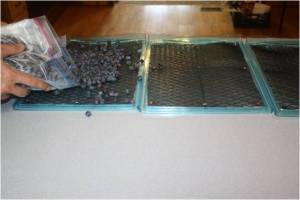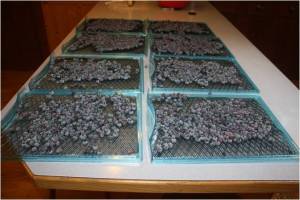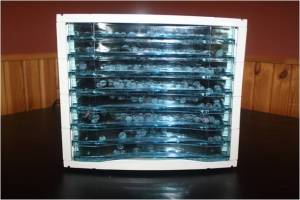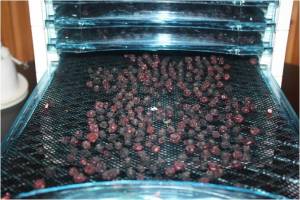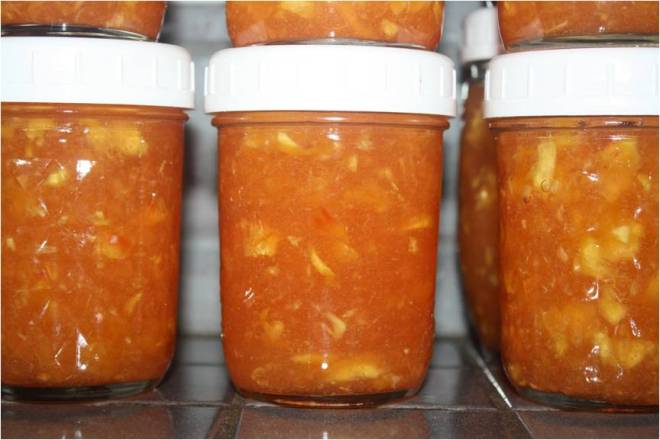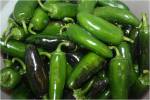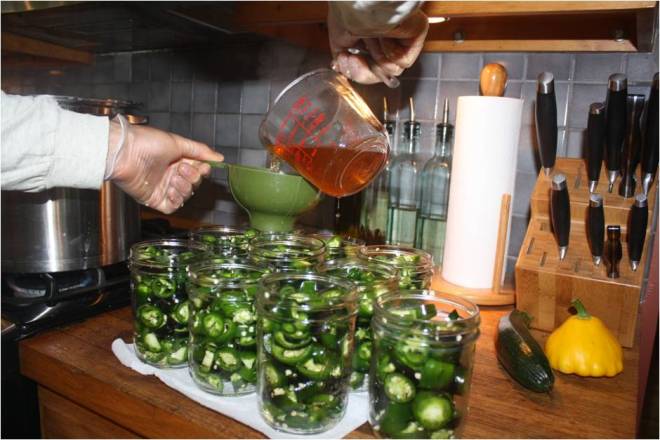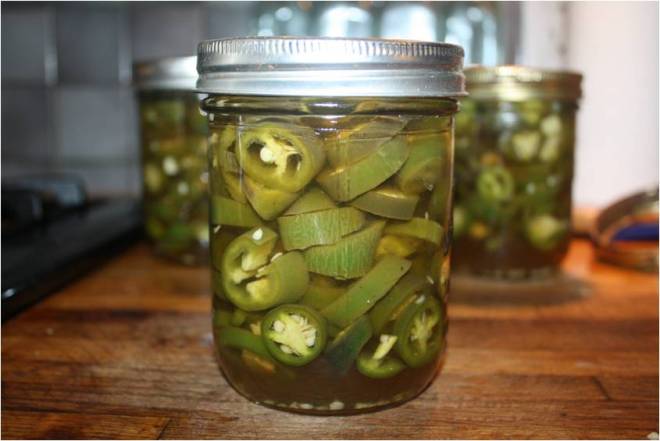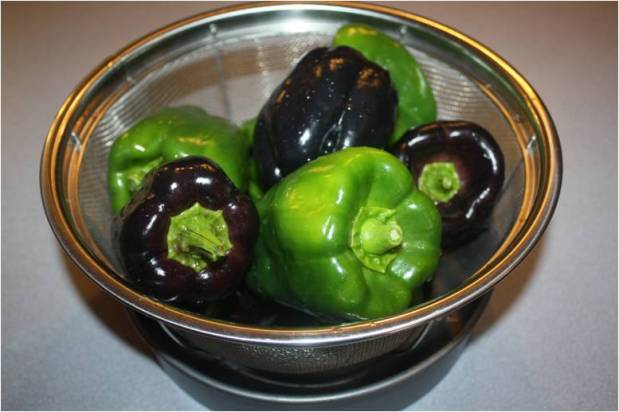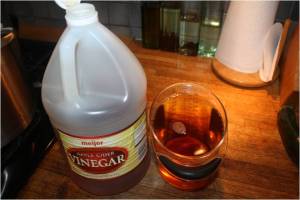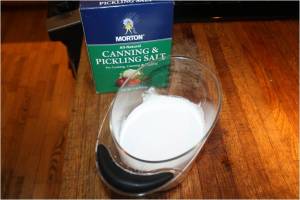 This post was supposed to be done a couple of weeks ago but life happened, so for those of you who are still canning tomatoes this is a great way to put them up. It is time-consuming but very worth the effort, the result is a sweet sauce that is a great base for chili’s, italian dishes, pizza sauce, salsa, veggie dishes, etc! Lets get to it…
This post was supposed to be done a couple of weeks ago but life happened, so for those of you who are still canning tomatoes this is a great way to put them up. It is time-consuming but very worth the effort, the result is a sweet sauce that is a great base for chili’s, italian dishes, pizza sauce, salsa, veggie dishes, etc! Lets get to it…
Ingredients/Items Needed:
- Tomatoes – we use a lot of varieties to incorporate good flavor. Our favorites are romas, amish paste, hungarian hearts (these three make up the bulk of the sauce), along with some giant belgium, lemon boys, and goliath.
- Canning salt
- Canning Jars, rings, and lids
- Pressure canner – would high recommend an all-American canner if you do not have one, they are awesome and not scary like the old ones are!
- A large stock pot to cook your tomatoes down in with a heavy bottom to avoid scorching (stainless steel is ideal)
- A juice/food mill – Would also highly recommend: “The Original All Metal Squeezo Manual Tomato Strainer” – it is the best! We use for apple sauce too…
***See set-up picture below!
Directions:
Cut your tomatoes into chunks to and run them through your food mill, filling your large stock pot as you juice them. The mill is nice because it removes the skins and seeds, thus pressing a nice thick pulp into your pot. See pictures below.
Juice the tomatoes until your pile of tomatoes is gone or your pot is full. Also while juicing the food mill kicks out the seeds and skins, we call this the tailings. When the tailings pile up take a moment to run them though the juicer again to get every last bit of juice out. Below is a picture of running the tailing as well as our full pot ready to cook down.
Next it is time to add canning salt, the ratio you add is between 1/2 – 1 teaspoon per quart. This pot holds 32 quarts if full, so we figured we had about 7 gallons or 28 quarts so we added just over a 1/2 cup, which was just shy of 28 teaspoons.
Once the salt is added turn it on high. From there you bring it to a boil, stirring occasionally, once boiling watch out for the hot break. The tomatoes will initially foam and rise, once the protein structures break down in the sauce the foam will break and you will see a rolling boil. It is very important to watch for the hot break and stir constantly during or it can boil over and make a huge mess. Some times we even spritz a bit of water on it, or turn the heat down to help keep the hot break foam at bay. Once you have it passed the hot break and it is at a rolling boil let it cook. See hot break photos below.
Once it has hot broke and it is at a rolling boil, just let it cook and cook and cook down stirring occasionally. This giant pot took about 7-8 hours to get to a nice thickness, the goal is to reduce to at least half its original volume, this will take longer or shorter depending on the quantity juiced. What is happening here is as it cooks the water is evaporating out leaving tomato goodness behind, thus creating a nice thick sauce. As it gets thicker you will need to stir a bit more often so it does not burn. Below is a picture of our pot ready to jar.
Now scoop into jars, seal with lid and ring then process in a canner. We pressure cook rather than hot pack because it ensures a good seal, after all this effort you do not want to lose your tomatoes to a bad seal. To process in the canner bring up to 5 pounds of pressure, cook for 5 minutes, then turn off heat. Remember to leave weight on canner until your pressure is back to 0.
Finished product below – enjoy the fruits of your labor, this one is totally worth it! Don’t forget to date the lid for proper yearly rotation.
Please let me know if you have any comments or questions! Enjoy ~ Megan











